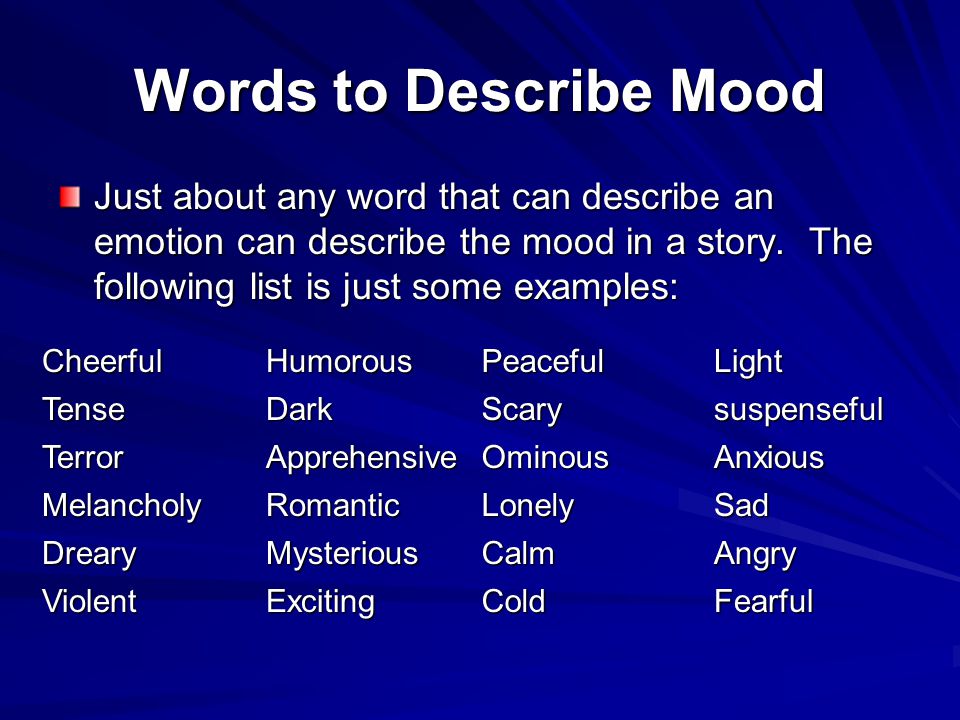

Having trouble concentrating or making decisionsįeeling able to do many things at once without getting tired Talking very slowly, feeling unable to find anything to say, or forgetting a lot Talking fast about a lot of different things (“flight of ideas”) Having trouble falling asleep, waking up too early, or sleeping too much Episodes may also last for longer periods, such as several days or weeks.įeeling very up, high, elated, or extremely irritable or touchyįeeling jumpy or wired, more active than usual During an episode, the symptoms last every day for most of the day. Mood episodes are very different from the person’s usual moods and behaviors. These distinct periods are called mood episodes. People with bipolar disorder experience periods of unusually intense emotion and changes in sleep patterns and activity levels, and engage in behaviors that are out of character for them-often without recognizing their likely harmful or undesirable effects.

Following a prescribed treatment plan can help people manage their symptoms and improve their quality of life. Although the symptoms may vary over time, bipolar disorder usually requires lifelong treatment. Sometimes, bipolar symptoms can appear in children. Sometimes a person might experience symptoms of bipolar disorder that do not match the three categories listed above, and this is referred to as “other specified and unspecified bipolar and related disorders.”īipolar disorder is often diagnosed during late adolescence (teen years) or early adulthood. Cyclothymic disorder (also called cyclothymia) is defined by recurring hypomanic and depressive symptoms that are not intense enough or do not last long enough to qualify as hypomanic or depressive episodes.The hypomanic episodes are less severe than the manic episodes in bipolar I disorder. Bipolar II disorder is defined by a pattern of depressive episodes and hypomanic episodes.Experiencing four or more episodes of mania or depression within 1 year is called “rapid cycling.”

Episodes of depression with mixed features (having depressive symptoms and manic symptoms at the same time) are also possible. Usually, depressive episodes occur as well, typically lasting at least 2 weeks.


 0 kommentar(er)
0 kommentar(er)
